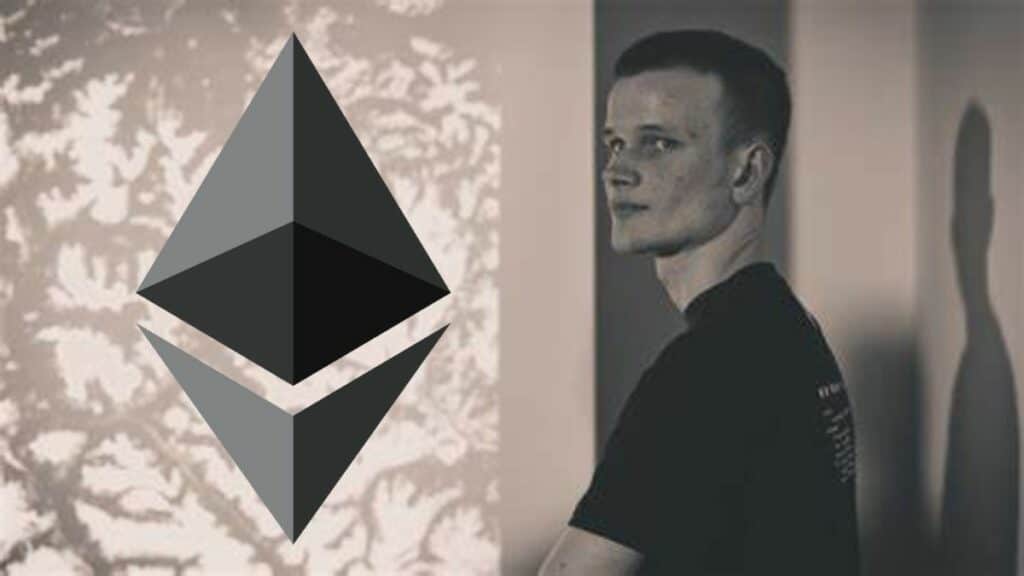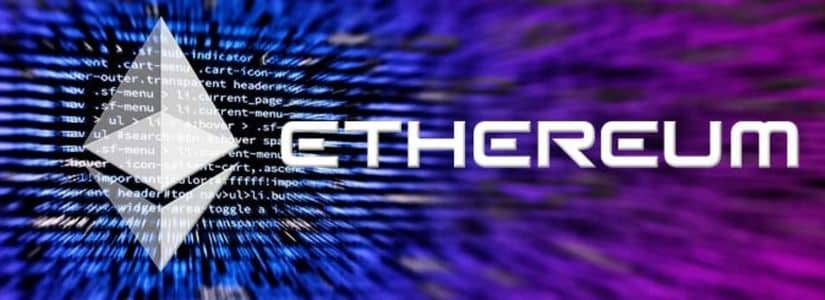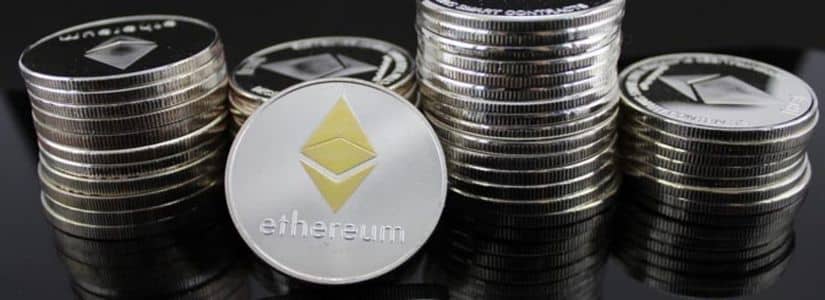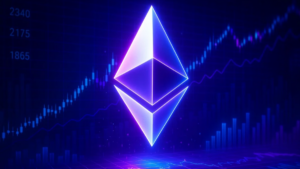Ethereum is one of the most interesting projects in the cryptographic world but, who is behind this great project? Today we will talk about the creator of Ethereum, Vitalik Buterin, and the cryptocurrency that currently holds second place in terms of greater capitalization.
Who is Vitalik Buterin?
Vitalik Buterin is a Russian-Canadian writer and programmer best known for his work as the co-founder and lead writer for Bitcoin Magazine and the visionary behind the Ethereum cryptocurrency project.
Vitalik was born on January 31st, 1994 at a little known Russian town of Kolomna, Moscow Oblast. He is a son to Dmitry Buterin, a computer scientist, and Natalia Ameline. Early on in his life, his parents moved from Russia to Canada in search of greener pastures.
Childhood
Buterin’s family moved to Canada when he was six years old and growing up as a son of an immigrant was especially tough on him. His school teachers found out that he was gifted when they discovered that he had the rare ability to add up three digit numbers off-head twice as fast as his peers.
They then assigned him to the gifted kids’ class where he went on to discover his attraction to math, economics, and programming. From this early age, Vitalik was an oddity to his peers which worked against him in social situations and he was quickly isolated and mostly working on his own.
He admitted to having odd interests and hobbies as a kid such as playing with the Microsoft Excel worksheet program as a kid.
Studies
As a kid, he was forced to create relationships on the internet and was left to discover how things worked on the internet on his own. He decided to educate himself about the learning process and with time was able to forge virtual professional and personal relationships online.
His high school years were spent at the Aberald School, a private high school based in Toronto. In his words, Vitalik admitted to having an interesting high school life.
In an interview, he said of the four years he spent at Aberald School that they,
“proved to be among the most interesting and productive years of my life; the closer connection between students and teachers, the level of depth at which the material was taught, made me want to learn, and to focus on learning as my primary goal.”
At Aberald School, Vitalik developed a hunger for self-education and it was at high school that he made learning a life-long primary goal
Professional Career
By 2010 Vitalik had become obsessed with the World of Warcraft video game and the developers of the game made some changes that were unpalatable to him which led to him quitting the game entirely.
Around this time, Vitalik heard about the peer-to-peer cryptocurrency called Bitcoin from his father but the idea of a digital currency did not excite him enough. His initial thought about the currency was that it was not going to succeed and therefore did not pay attention.
However, his engagements online led to another eventual run-in with bitcoin in 2011 and this time he did pay attention.
Later he said that “if you hear about something twice, it might be a good idea to invest some time and find out more.”
He got engrossed in bitcoin and the blockchain technology but could not afford to mine the coin or purchase bitcoins. He decided to work for some coins and started scavenging for freelance work on the bitcoin forums.
His first work was writing articles about blockchain and bitcoin for a blog where he got paid five bitcoins per article. At the time these coins were worth about $3.50.
The demand for the blog fell however due to lack of interest from the community and the owner had to shut it down. Soon after Vitalik was approached by an online acquaintance about starting a magazine that focused on bitcoin. The individual’s name is Mihai Alisie, a Romania-based Bitcoin enthusiast, and Vitalik had impressed him with his articles. Together they created the Bitcoin Magazine in late 2011 and Vitalik became the head writer.
In 2012, Vitalik joined the University of Waterloo in Ontario taking Computer Science classes. He also signed on to for more work. He secured a part-time gig as a research assistant for the cryptographer Ian Goldberg.
As a head writer for Bitcoin Magazine, he had the chance to attend a Bitcoin-related conference in San Jose, California that happened in May 2013. It was at this event that Vitalik had a realization of how vibrant the crypto community had become.
After this conference, Vitalik made the commitment to dive deeper and invest more into the space. Later that year, he dropped out of his college and using his savings to this point decided to tour the world and discover what other cryptocurrency enthusiasts were working on.
Vitalik Buterin Projects
Ethereum
In one of Vitalik’s world tours, he stopped by Israel to interact with some developers who were trying to build decentralized applications on the Bitcoin blockchain.
They were having a hard time figuring out a way to make this happen but Bitcoin has been built with limited features by design to increase its security.
Vitalik thought that a great solution for such a problem would be to build a Turing-complete programming language that would enable similar developers to create applications for the Bitcoin blockchain.
In one interview he said that he
“thought those in the Bitcoin community weren’t approaching the problem in the right way. I thought they were going after individual applications; they were trying to kind of explicitly support each (use case) in a sort of Swiss Army knife protocol.”
This idea was edited later with some feedback and research and decided to create a platform that will enable developers to create any type of application that would enable unlimited problem-solving.
Similar to Satoshi Nakamoto, he realized he needed input and help to create the system and therefore he wrote his idea in a whitepaper and announced his project in late 2013.
Initially, he sent the whitepaper to a few friends on his address book but those friends also forwarded the email to their friends and more than 30 people got back expressing their interest in joining the project.
As expressed in the whitepaper, the idea behind Ethereum “to create an alternative protocol for building decentralized applications, providing a different set of tradeoffs that we believe will be very useful for a large class of decentralized applications, with particular emphasis on situations where rapid development time, security for small and rarely used applications, and the ability of different applications to very efficiently interact, are important.”
Not much needed editing after sharing this proposition with the crypto community and this marked the birth of the most popular blockchain platform that could support the development of decentralized applications.
The core team of developers consisted of Vitalik Buterin, Mihai Alisie, Anthony Di Iorio, Charles Hoskinson, Joe Lubin, and Gavin Wood. After a few months of troubleshooting and brainstorming, the project was formally announced in January 2014.
Vitalik made the announcement at a Bitcoin conference in Miami. Later that year the team decided to conduct a crowdsale to fund the development of the project. The token for the project was named ether and the crowdsale managed to raise 31,000 bitcoins at the time worth close to $18 million. It was around this time that Vitalik received the Thiel Fellowship grant that was worth $100,000.
The first version of Ethereum available to the public was launched on July 30th, 2015 which was a basic bare-bones release to beta and stress-test it. Ethereum has since grown through several iterations and versions.
Ethereum is now ranked as the second largest cryptocurrency by market cap after Bitcoin with a market value of about $20 billion. Bitcoin’s value is about $110 billion. Close to 20,000 projects have since been launched on the Ethereum blockchain.
Vitalik Buterin net worth
Most investors and developers in crypto space have had to deal with the volatility in the space some seeing their wealth and riches balloon in record time while also shrinking as similarly fast.
For instance, crypto’s supposedly richest individual Chris Larsen, the current executive chairman and co-founder of Ripple has seen his net worth fall from highs of about $8 billion in late January 2018 to roughly $3 billion in September, based on his holdings of XRP, the Ripple platform’s native digital currency.
Vitalik Buterin in Forbes
Forbes estimates that Vitalik Buterin is worth as much as between $100 and $200 million. It is hard to estimate the exact amount in cryptocurrency as most individuals do not declare how many coins one has and which coins, in particular, do they have. His net worth has been subjected to wild swings as well based on the market dynamics affecting the crypto space.
Vitalik has been awarded the Thiel fellowship award and the World Technology Award for his role as the visionary behind the Ethereum platform. The other recognitions are from Forbes. All his awards and recognitions consist the following:
- Thiel Fellowship Award, 2014
- World Technology Award in the IT Software category, 2014
- Fortune 40 under 40 list, 2016
- Forbes 30 under 30 list, 2018
- Fortune the ledger 40 under 40 list, 2018
Phrases by Vitalik Buterin
Famous quotes from Vitalik Buterin include:
“I am truly grateful to have the opportunity to work in such an interesting and interdisciplinary area of industry, where I have the chance to interact with cryptographers, mathematicians and economists prominent in their fields, to help build software and tools that already affect tens of thousands of people around the world, and to work on advanced problems in computer science, economics and philosophy every week.”
“Bitcoin is processing a bit less than three transactions per second. Ethereum is doing five a second. Uber gives 12 rides a second. It will take a couple of years for the Blockchain to replace Visa.”
“We just broke over 500 hundred thousand transactions per day for the first time. Which in case you can’t divide is something like seven transactions a second.”
Vitalik Buterin Social Media
- Twitter – https://twitter.com/VitalikButerin
- Web – https://vitalik.ca/
- Reddit – https://www.reddit.com/user/vbuterin
- GitHub – https://github.com/vbuterin
If you are interested in this project and want to be informed of everything that happens, visit our Ethereum News section















